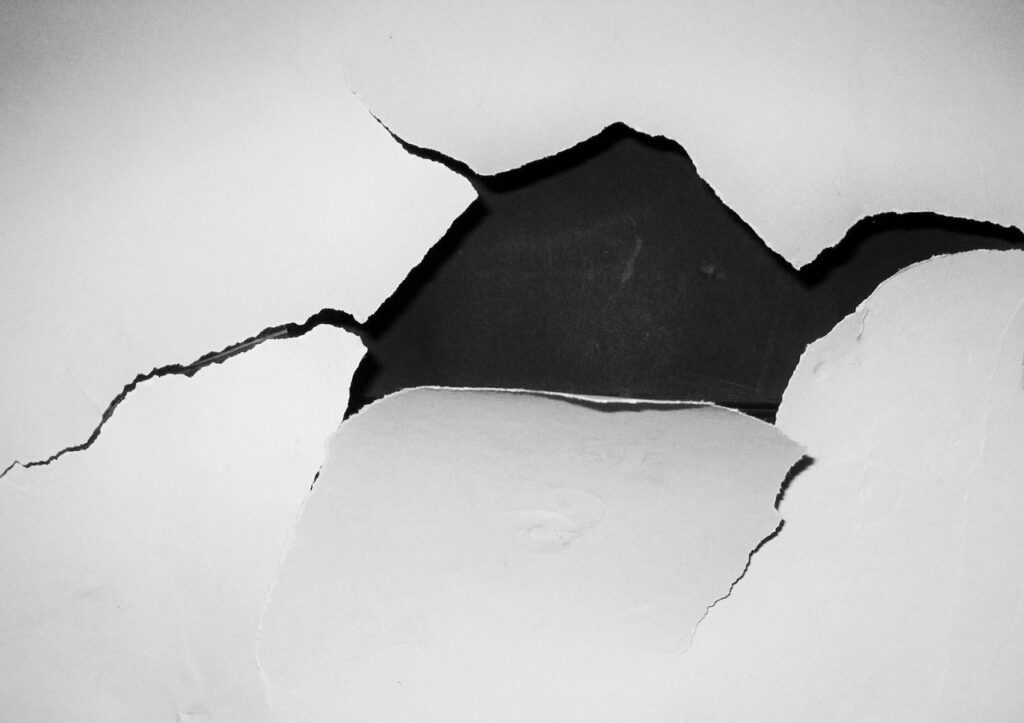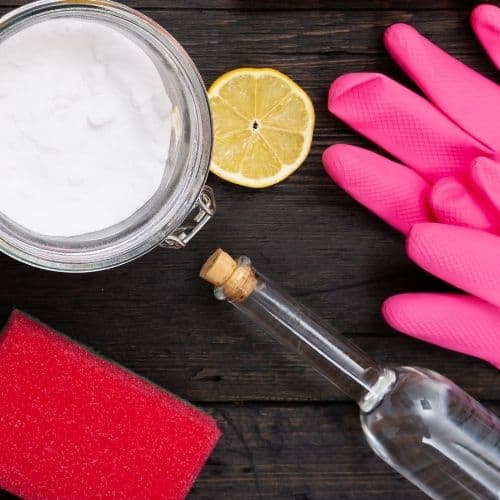It is easy to assume that floods are unfortunate disasters that happen once in a blue moon, but this couldn’t be further from the truth. America has reportedly experienced an urban flooding event once every 2 to 3 days for the past quarter of a century, so floods happen more often than you think. Many affected homeowners are naturally concerned about minimizing damage to their property affected by floods and restoring it as quickly as possible. Here are some reliable tips to help you restore your property after flood damage.
Open up your walls

Many walls are made of drywall and wood studs, which will entertain mold if there is moisture. Consequently, hire a contractor to open up your walls to allow the studs to dry and prevent mold and mildew growth. It might also be prudent to remove insulation because it will never fully dry out and forever trap moisture in your walls. This way, you will avoid mold, poor air quality, and further water damage to your property’s structure.
Get rid of water
It is prudent to first remove the stagnant water from flooding to determine the true extent of the damage. Also, letting the water remain in your home for an extended time will result in even more damage. You can use submersible pumps to remove water that accumulates in various areas around the home. These pumps are highly efficient and make it very easy to dry the entire area. However, be sure to remove all stagnant water within two days to avoid health hazards and hinder the growth of unhealthy organisms. Also, consider getting rid of anything that does not dry within two days, including your furniture and carpet. You can reach out to a flooding water damage cleanup company to ensure you get rid of all moisture within the home. These experts are particularly worth contacting if there is sewage waste, saturated debris, or mold presence.
Call your insurance company
Your first call after experiencing a flood should ideally be to your insurance company, informing them of your predicament. The insurance company will send an adjuster to assess the damage to your home and determine if it is a covered loss. As such, document the value of all items and take many photos before, during, and after cleanup. These photographs will help the adjuster assess the damage when they come over. However, it is vital to note that your homeowners’ insurance may vary based on your policies. Flood damage is not covered by standard home insurance coverage. However, you can expect a flood claim payout of about $44,401 (2021 average) from the National Flood Insurance Program (NFIP ) if you have purchased a flood insurance policy from them.
Replace your flooring

Your home’s flooring is one of the most significant casualties in floods, so restoration will undoubtedly involve replacing it. Consequently, rip out all types of damaged flooring from laminate to hardwood, including their subfloors. Hardwood and laminate floors and subfloors will absorb water, swell, and warp. You must also get rid of damaged carpeting and its underpad, particularly if it contains any natural fiber. Synthetic carpets won’t be a food source for mold, but the wooden subfloor will likely be soaked, so it is also worth getting rid of.




Leave a Reply